New SDuino variant. I would call it "SDuino-Qi", wireless power transfer system embedded SDuino! Details can be found in daily log!

Now SDuino is on your wrist

Details can be found in daily log. Please check it....
=======================================
I would proudly present, my ultimate SDuino,
SDuino ZERO
SDuino with SAMD21G18A ARM processor. Here comes new generation of SDuino!
Please see additional information at daily log..!
-----------
Thank you everyone, and I am so glad my SDuino project is selected as "semifinalist of Hackaday Prize"!!! I made a short summary video of SDuino! Have fun!!
**** Please also check "daily log" below ****
And finally SDuino has an embedded graphic display.

--------
Now SDuino can measure pressure, temperature, and humidity. By measuring these values, SDuino will show the current temperature-humidity index, which is quite important to avoid heatstroke, the fatal disease in summer season!! (In Japan, hundreds suffers and a lot of people are dead, even well-organised 21st century!)
----------
history....
Once I was excited to see Intel's announce that they will release "SD card sized (SD card shaped) computer", but it was not true. This time I made a real SD card sized full programmable (indeed, Arduino pro compatible) small computer board!
It consists of ATMega328P and four LEDs connected to D6 to D9. (red, blue, green, white).

Detailed operation can be found in the following movie...
And now I made very smart SDuino writer! Details can be found in the daily log!
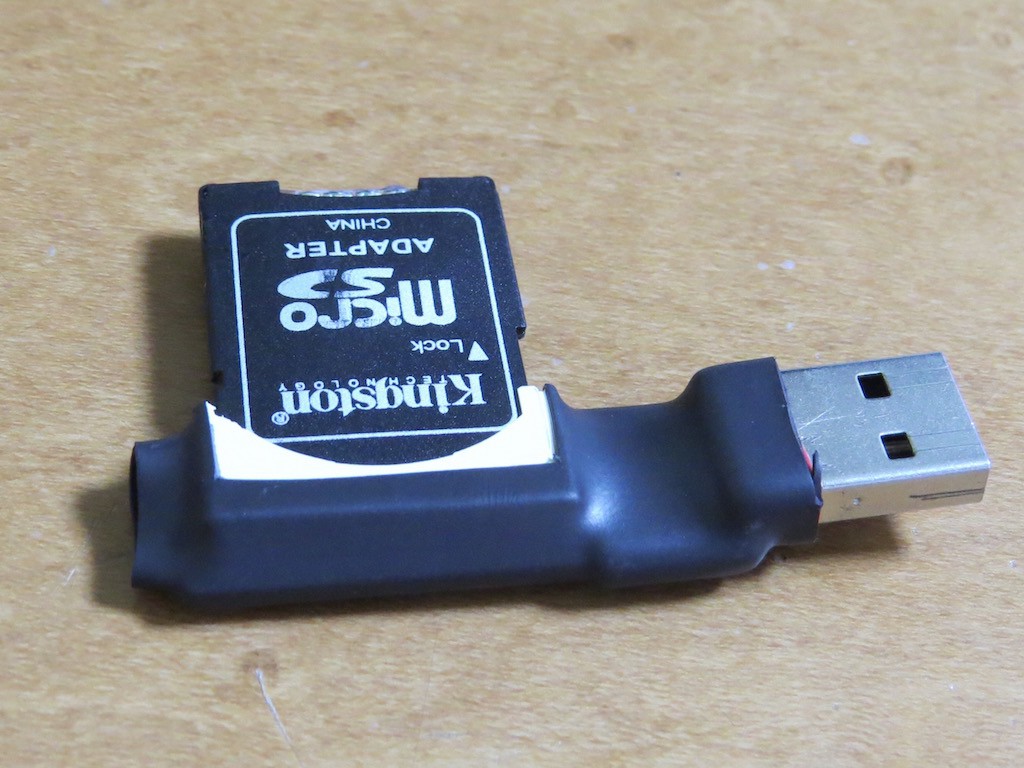
actual operation can be found in the following movie. Have fun!
.... actually I had an ambition to make self-powered (battery inside) SDuino, but smallest with enough current-out battery was 50mAh Lipo , which has more than 2mm thickness... Dammit!
(manganese dioxide has smaller one, but it can provide very small current around 0.5 mA...)
And now SDuino has pressure sensor init!

and now it can play music!!!!
,, and now it can measure pressure, temperature, and humidity. By measuring these values, SDuino will show the current temperature-humidity index, which is quite important to avoid heatstroke, the fatal disease in summer season!! (In Japan, hundreds suffers and a lot of people are dead, even well-organised 21st century!)
 kodera2t
kodera2t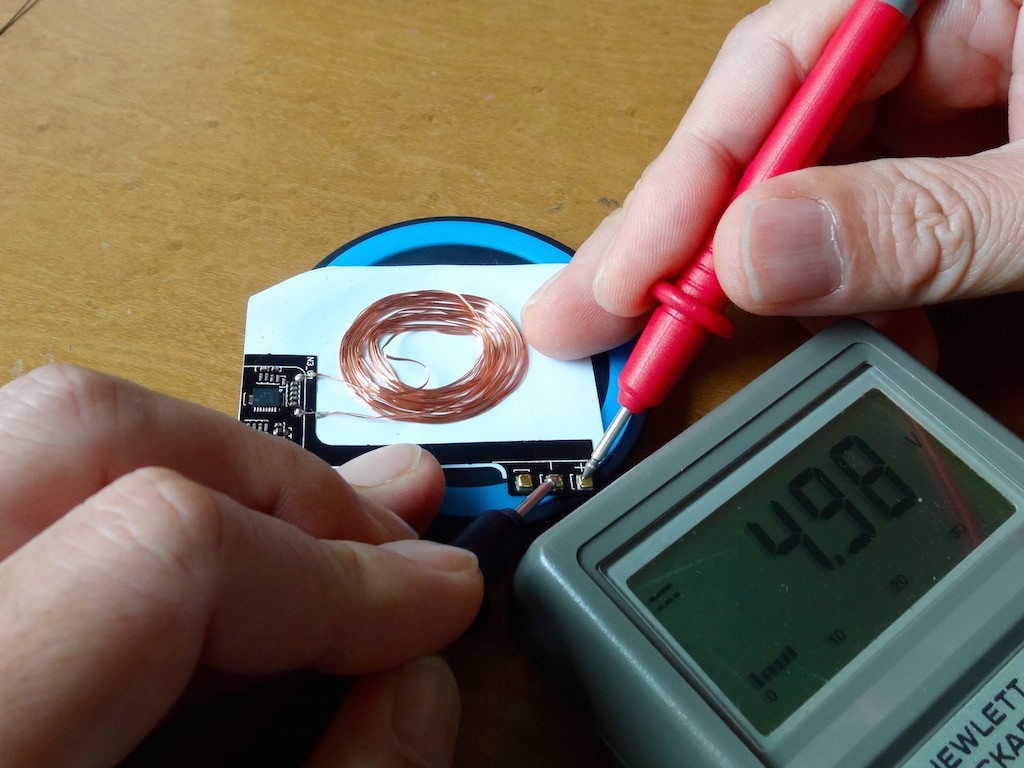




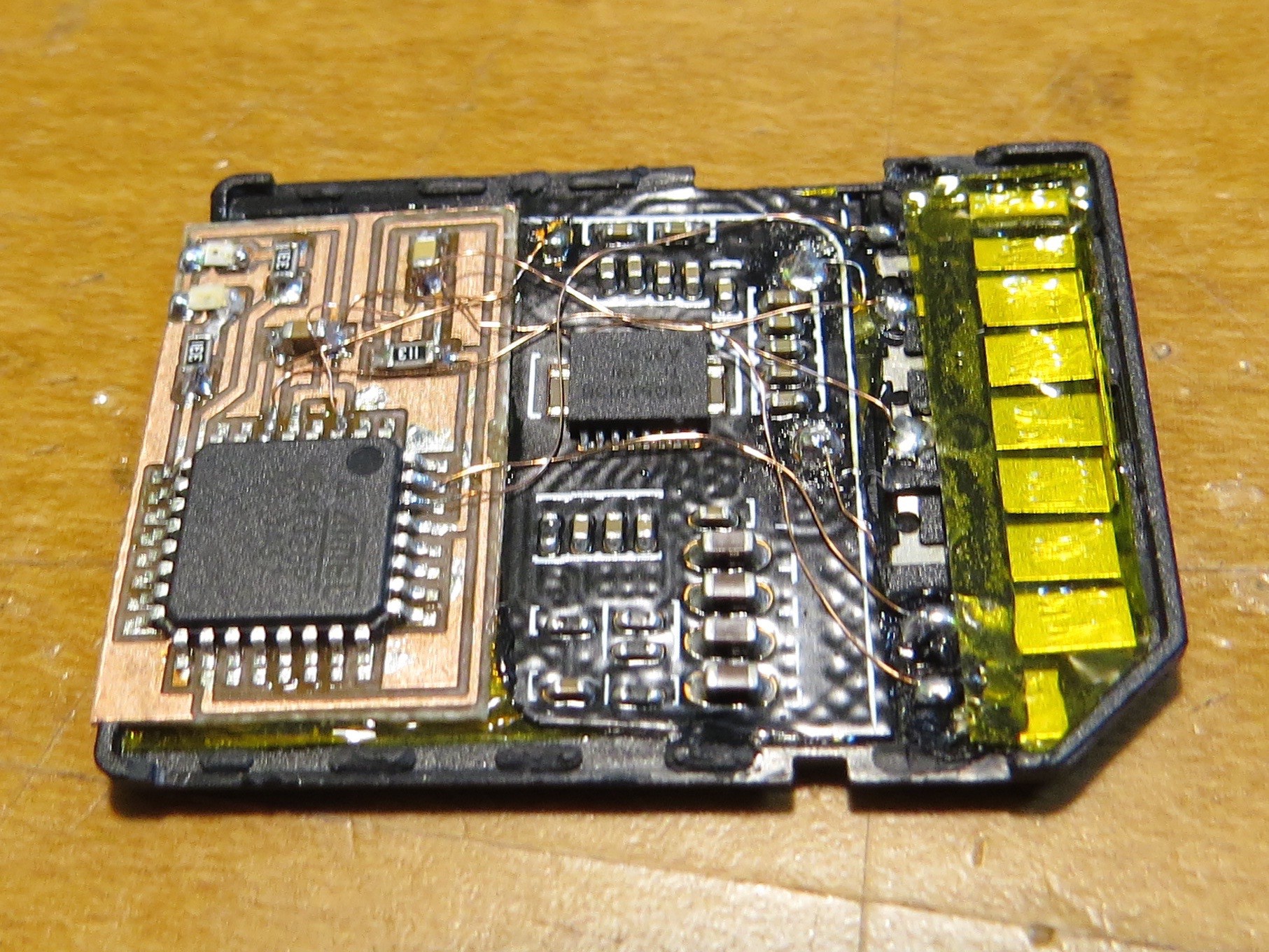

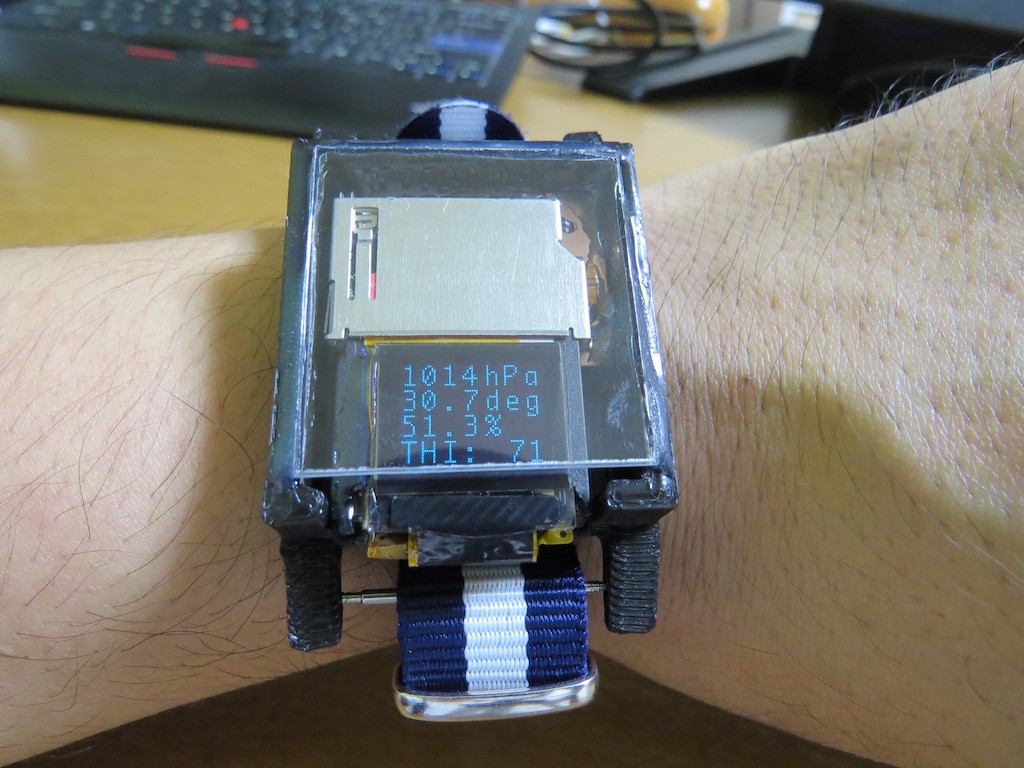















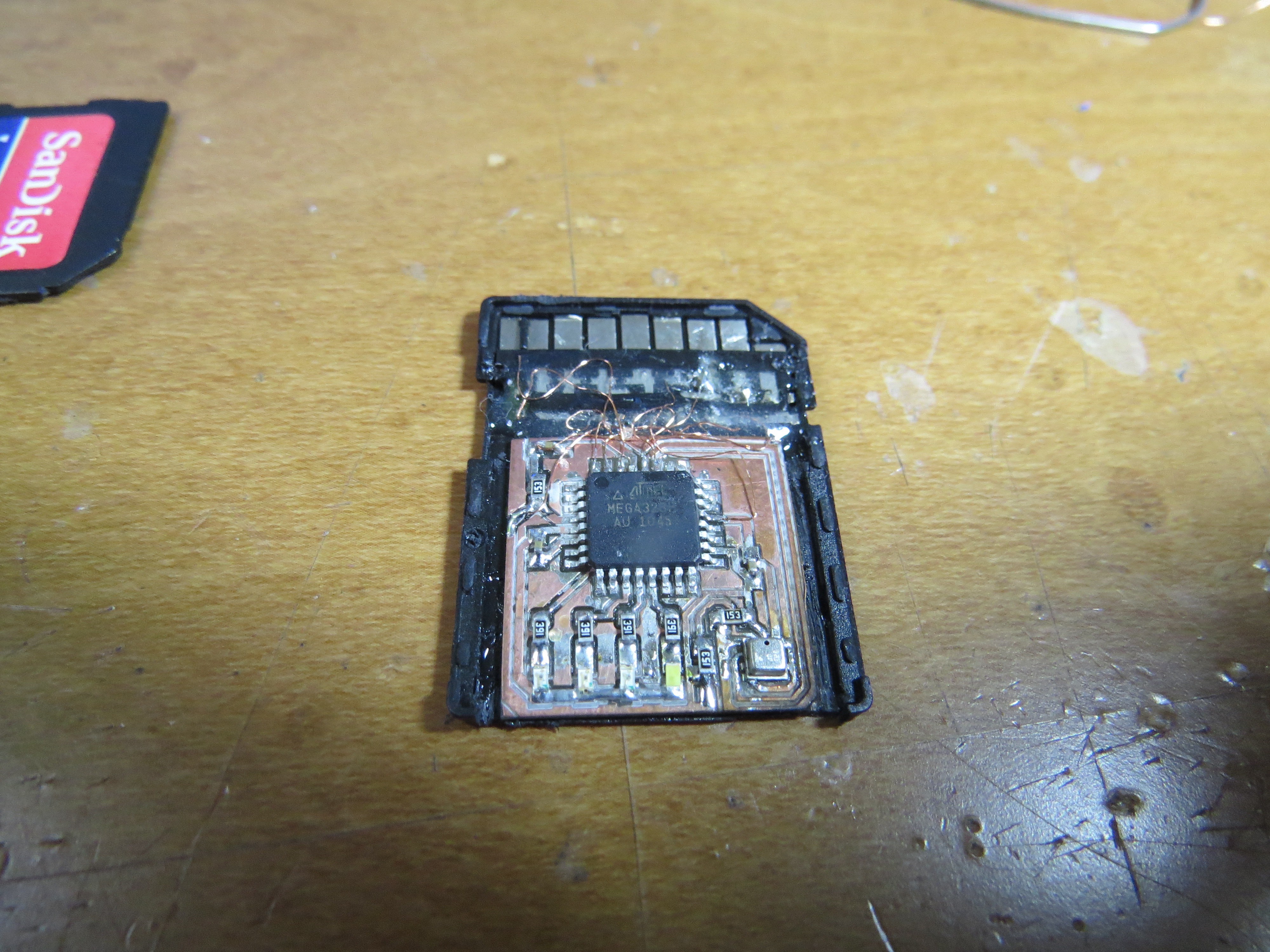














 bobricius
bobricius
 re4mat
re4mat
How to make ssd1306 adaptor in sd-format?